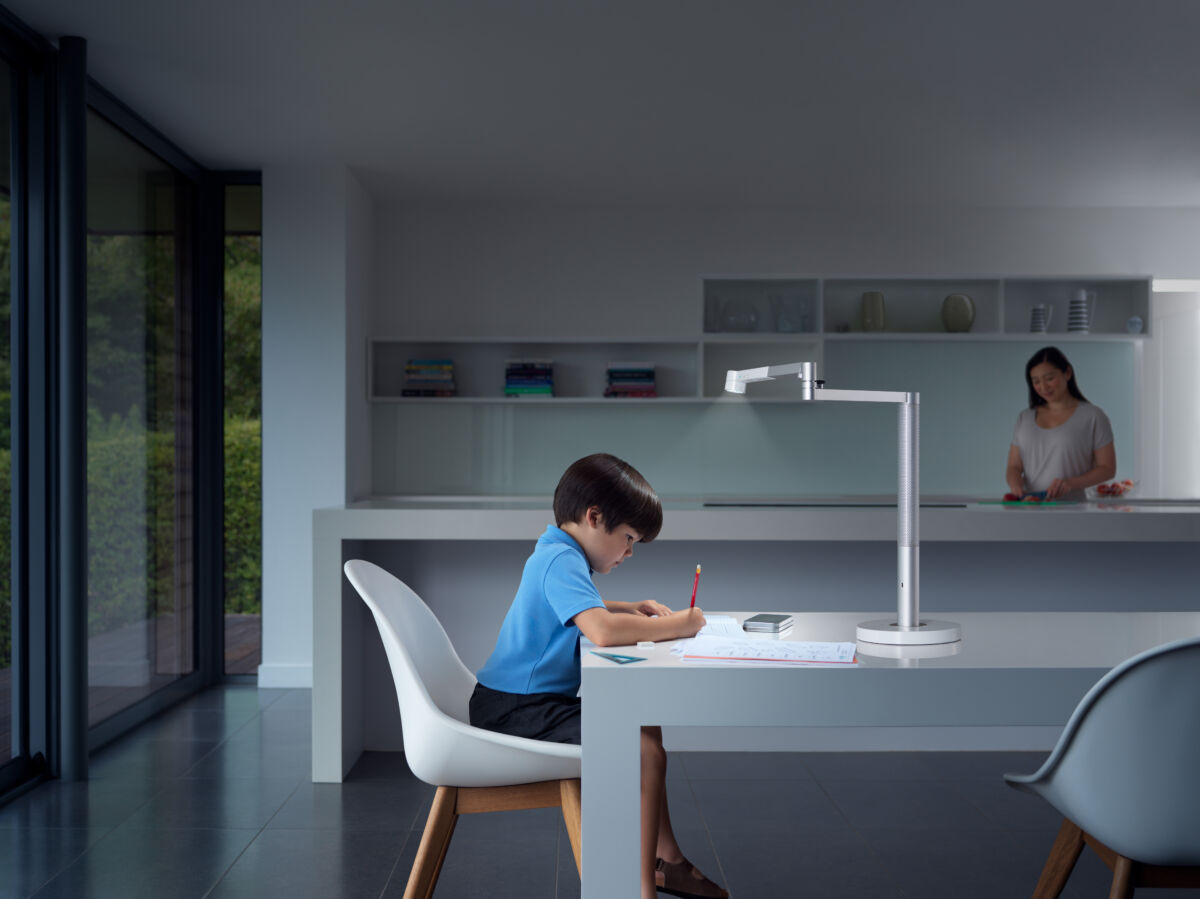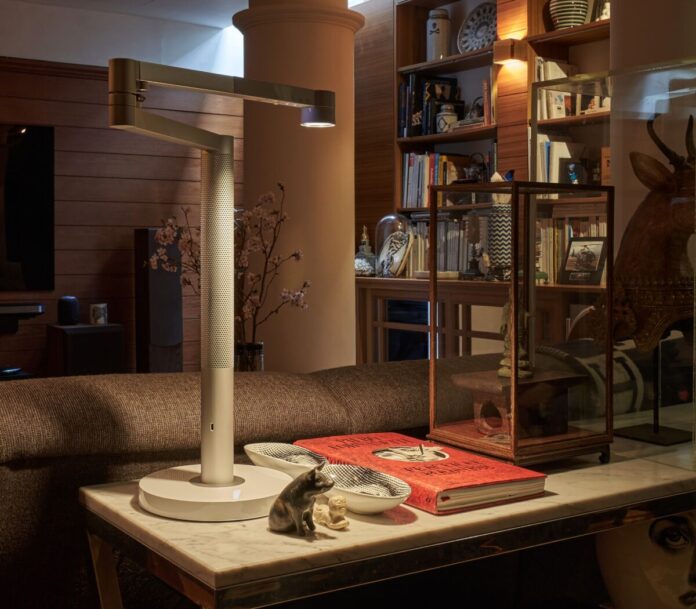With working from home increasingly common, we are all tempted to turn on the TV or distract ourselves from work with household chores. As the environment we are working in can be crucial to our efficiency, Dyson engineers share their top tips for a productive indoor environment.
- If you suffer from allergies, avoid keeping plants or flowers near to your workspace. Pollen and allergens suspend in the air, and may trigger distracting symptoms like sneezing or itchy eyes.
- Try to avoid working in a room that is too warm. The feeling of cosiness can make us feel sleepy or tired, but too cold might also be distracting so getting the right temperature for you is important. Many people find it beneficial to be slightly colder than usual to stay zoned into their work.
- Maintaining the right humidity also helps with keeping comfortable. Some find that dry air makes their eyes, nose and mouth itchy and dry which can be distracting.
- Ensure that any appliances that you use to make your working space comfortable—air conditioning, humidifier, heater, lighting—aren’t too loud so as to distract you from the work at hand. Machines that feature a Quiet Mode or Night Mode would be a good choice.
- When creating your desk set up for remote working, home-work or studying, try to create a distinct space designated for that use only. Light can play an important role in this, signalling to you that a particular part of the room now has a specific purpose.
Much thought goes into building regulations that make sure that your office environment has been well adapted to provide adequate levels of light for the task at hand, and your home office should be no different. Think about whether you have the right level of light around you, and also be conscious of the position of the lights around you. For example, natural light coming through windows or spotlights reflecting off a computer screen could cause glare and eye strain, making it harder to focus throughout the day.

Also consider the role of light around you when you are on video conference calls, as poorly positioned lighting could require the person at the other end of the line to strain in order to see properly. Don’t be afraid to take control of the lighting sources around you, playing with various options until you find the ideal working setup for you.
- While it is important to stay focused when working from home, it is equally important to ensure that you’re giving your eyes the rest that they need.
Looking at objects or reading at a fixed distance for a prolonged period of time often leads to eye strain—a slightly uncomfortable sensation for some and the cause of headaches for others. Without realising it, the screens that we use are often either too bright or not bright enough in relation to our surroundings, causing glare, which can worsen this.
So be sure to adjust the brightness of your devices to provide a comfortable light level and text size if reading for prolonged periods. Look up from your screen and give your eyes a rest now again, as well as seeking to minimise screen time where possible.
- Natural daylight is the gold standard when it comes to providing the right light for your tasks throughout the day. As we have evolved to living and working under the cycles of day and night, early morning exposure to daylight also signals to your body that the day has begun, which can help you feel awake and alert.
So think to set up your working space near a window or other well-lit space—or even a morning walk to kick-start your day, if possible. This will help to anchor your internal body clock, or circadian rhythm, to the pattern of local daylight—helping to provide a subconscious schedule to your day.
Similarly, consider starting a routine of manipulating the light around you to wind down, creating a relaxing environment—signalling to your body that the evening is drawing in.

- Similarly, in addition to establishing a routine of regular daylight exposure, you may find that creating and sticking to a regular routine in other aspects helps to punctuate your working day. Whether it be regular exercise, mealtimes or team video conferences, a schedule can all contribute to creating structure and elevating productivity while working from home.
- For intricate tasks, an accurate color reproduction is necessary, so set up your task station near a window, or consider an artificial light with a high color rendering index—making sure that your art or crafts show in true to life colors.
